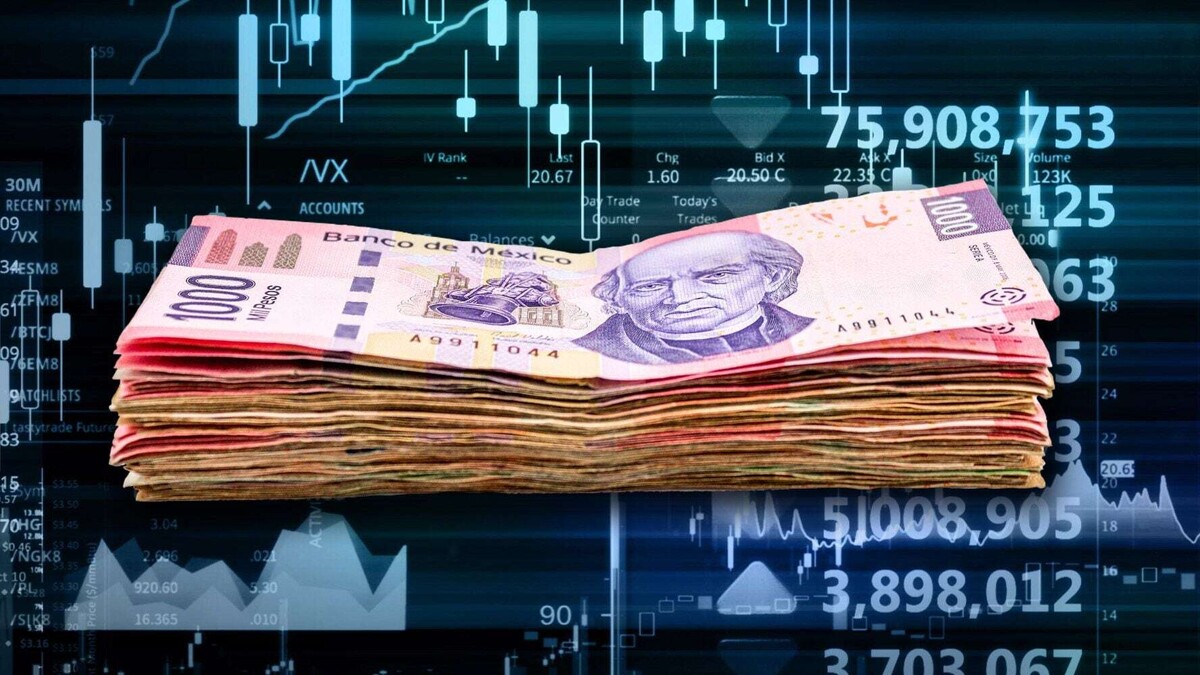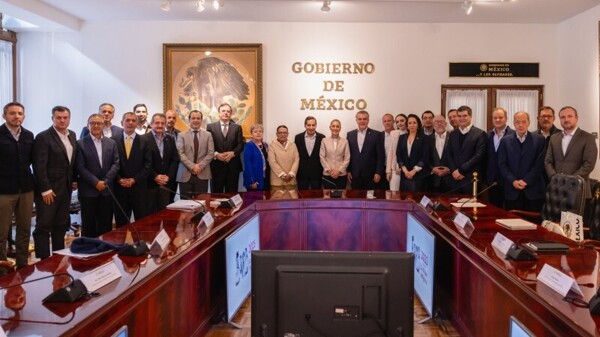
The Mexican peso had experienced a third day of gains against the dollar, recovering on 'Fed day'. However, this positive trend was halted when President Donald Trump announced that he would impose tariffs on Mexico starting February 1. Consequently, the Mexican peso depreciated by 0.57 percent, placing the exchange rate at 20.42 units.
Following Trump's announcement, the exchange rate rose to 20.70 units at the close on Thursday, January 30. Gabriela Siller, director of economic analysis at Banco Base, pointed out that significant resistance levels are found at 20.80 and 21 pesos per dollar.
Trump explained his decision to impose tariffs on Mexico citing reasons related to immigration and subsidies provided by Canada and Mexico. This measure was also extended to Canada. Trump warned that tariff levels could increase over time.
In light of this situation, President Claudia Sheinbaum stated that they did not believe the tariffs would be applied and that in case it happened, they had a response plan prepared. This position was supported by Marcelo Ebrard, Secretary of Economy, who affirmed that Mexico was ready to react to the tariffs.
Regarding the dollar price in banks on January 30, it was sold at 20.11 units and purchased at 19.98 units according to Citibanamex. In the international arena, the dollar index showed a slight increase to 108.02 points.
In the foreign exchange market, the Chilean peso, South African rand, Colombian peso, Hungarian forint, Philippine peso, Brazilian real, Turkish lira, and Thai baht ranked among the most appreciated currencies. As for the money market, the yield on the 10-year Mbono in Mexico was 10.42 percent, while in the United States it reached 4.51 percent.













